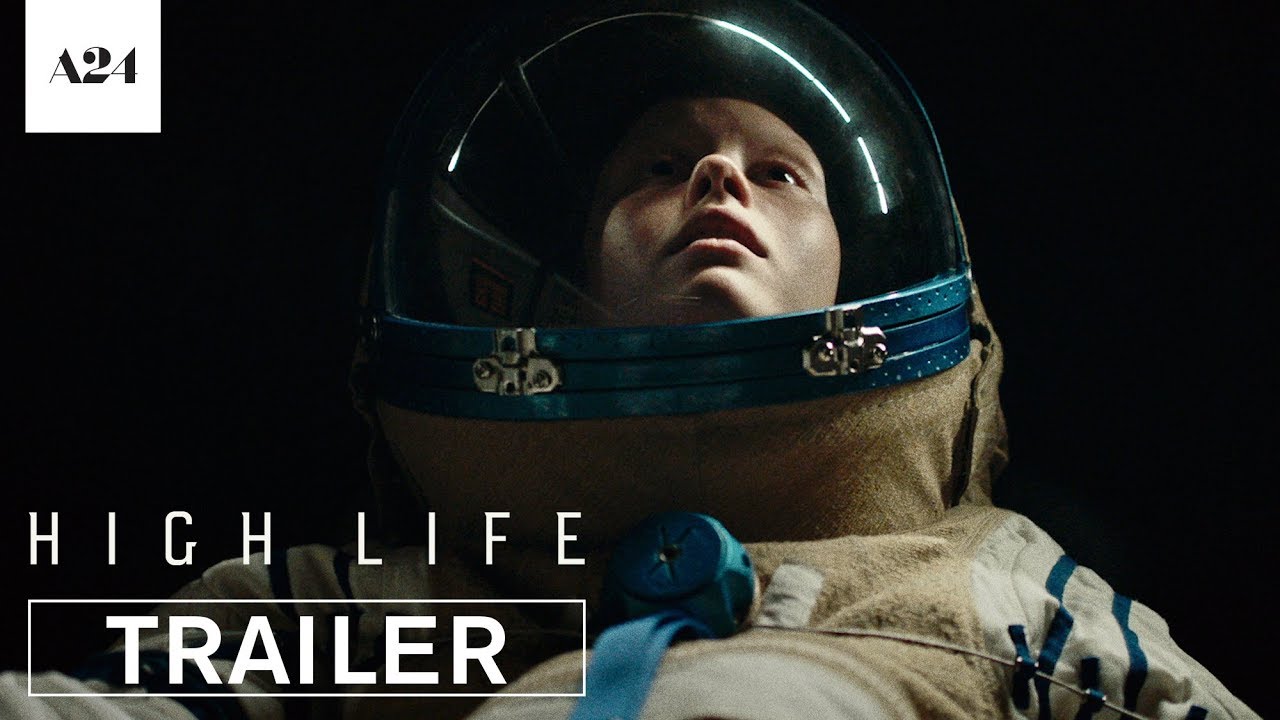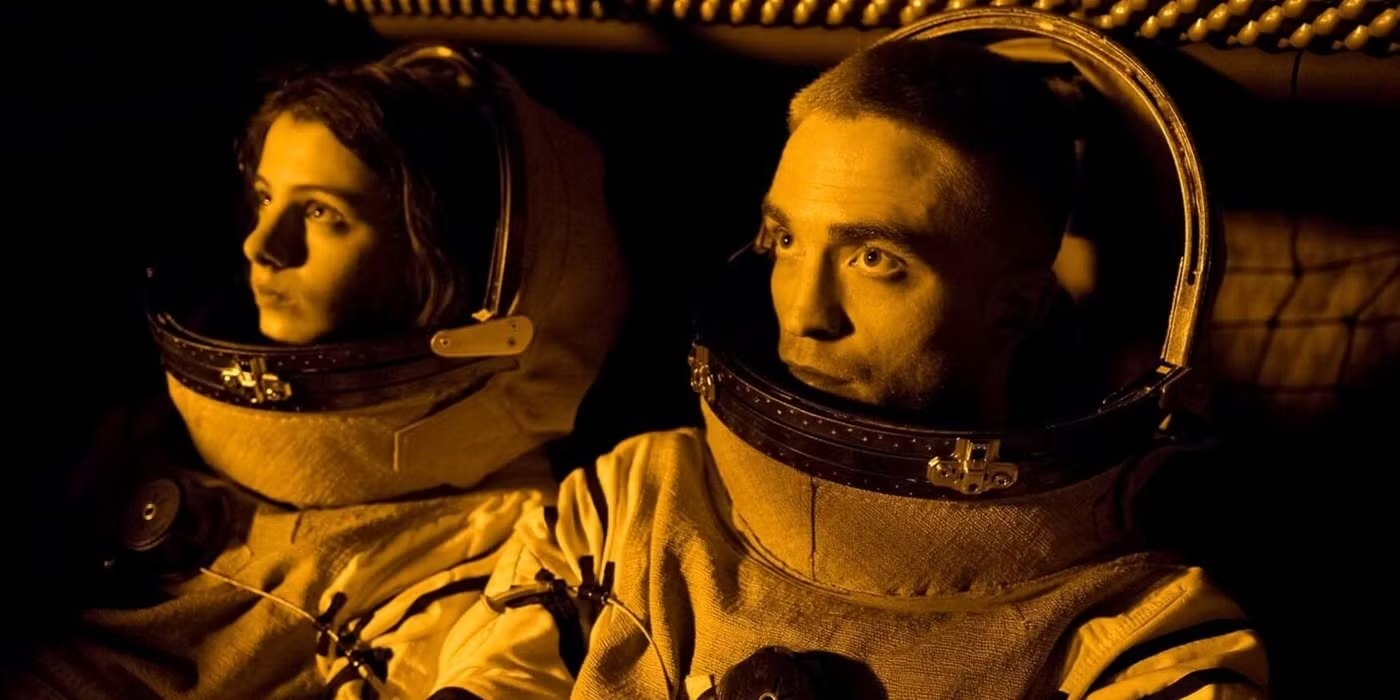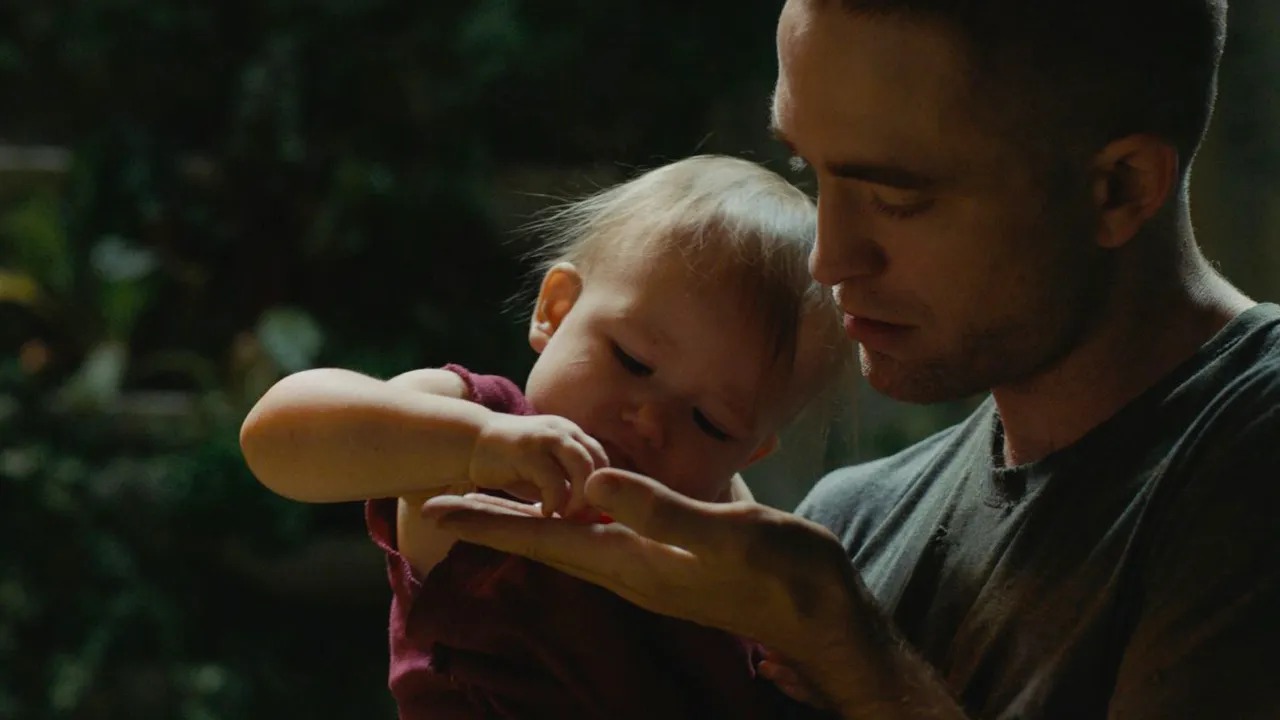High Life (2018)

High Life (2018), directed by Claire Denis, is a gripping and cerebral sci-fi thriller that pushes the boundaries of the genre, exploring themes of isolation, survival, and the nature of human existence. Known for her bold and unconventional approach to filmmaking, Claire Denis takes viewers on an unsettling journey through space, where the psychological and physical toll of isolation and the fragility of human nature are brought into sharp focus. Written by Denis and her long-time collaborator Jean-Pol Fargeau, High Life blends stark existential questions with a haunting narrative set in the vast emptiness of space, making it a striking and emotionally intense experience.
The film begins in the dark, isolated corners of space, where a group of prisoners has been sent on a mission into the void, with the promise of either redemption or death. The crew members aboard the spaceship are criminals, each chosen for a mission to explore a black hole. Their grim task is part of an experiment led by a female scientist, Dr. Dibs (played by Juliette Binoche), who is conducting unethical and morally ambiguous experiments on the prisoners. The plot revolves primarily around Monte (played by Robert Pattinson), one of the few survivors of the mission, and his daughter, who are stranded in space on a spacecraft drifting away from Earth.
Monte is the lone survivor aboard the ship after a catastrophic series of events, including the psychological breakdown of the crew and the moral corruption of the mission. Over the course of the film, Monte’s isolation is explored in painstaking detail, along with the consequences of his involvement in the mission. In flashbacks, we learn that the space mission, which initially seemed like a chance for a new beginning, devolved into chaos and brutality as the prisoners, driven by desperation and fear, succumbed to their primal instincts.
Monte’s journey of survival is framed by his care for his daughter, who represents a small shred of hope and human connection in a world of suffocating emptiness. The film gradually unfolds to reveal the nature of the experiment being conducted and its brutal effects on those involved. Dr. Dibs’ experiments, which include artificial insemination, manipulation of human biology, and the dehumanization of the prisoners, reveal a dark commentary on human ethics, exploitation, and the loss of moral boundaries when survival becomes the driving force.
As the film progresses, High Life blurs the lines between psychological thriller and science fiction, raising existential questions about human nature, the consequences of isolation, and the survival instinct. Monte’s journey is one of both literal and emotional survival, and as the film unfolds, we watch him struggle with the horrors of his past actions and the responsibility of raising his daughter in an uninhabited, barren spacecraft.
One of the central themes of High Life is the psychological and emotional toll of isolation. The film takes place in the claustrophobic environment of a spaceship, an isolated world cut off from Earth and the rest of humanity. The vastness of space serves as a metaphor for the profound loneliness that the characters experience as they are removed from any meaningful connection to the outside world. Monte, as the film’s main protagonist, is left to wrestle with his memories and the oppressive silence of space. His isolation is heightened by the fact that he is alone with his infant daughter, which forces him to confront the weight of his decisions and his responsibility as a father.
The film takes great care to depict the psychological disintegration of the crew members. In a confined space, with no escape, and driven to extremes by fear, desperation, and guilt, the crew members’ mental states deteriorate, revealing the fragility of human psyche under pressure. Their descent into madness and violence acts as a poignant commentary on the effect of prolonged isolation on human beings, and the dark side of human nature when removed from societal norms and boundaries.
Monte’s experience of survival is juxtaposed with his longing for human connection, and his efforts to protect and raise his daughter represent his hope in an otherwise bleak and empty world. His relationship with his daughter becomes a focal point of the narrative, symbolizing both a return to human tenderness and a desperate attempt to retain his humanity in a universe that offers little in terms of comfort or meaning.
Another prominent theme in High Life is the exploration of human nature, morality, and ethics in the extreme conditions of space. Dr. Dibs’ experiments on the prisoners, especially the use of artificial insemination and attempts to manipulate the prisoners’ biology, serve as a disturbing metaphor for the dehumanization that occurs when individuals are viewed merely as subjects or objects. Her desire to create life within the confines of a sterile, mechanical environment reflects a warped desire to control the natural process of life and death, without any consideration for the moral or ethical ramifications.
The film raises important questions about ethics in the context of space exploration and experimentation. As the crew members are forced to submit to increasingly inhumane treatment, the film critiques the notion of scientific progress at the expense of human dignity and autonomy. Dr. Dibs, who is driven by a seemingly noble cause to create new life in the inhospitable environment of space, ultimately crosses ethical boundaries, blurring the line between science and exploitation.
Monte, on the other hand, represents a more grounded sense of morality and ethical responsibility. His reluctance to fully engage with the darker aspects of the mission, especially when it comes to Dr. Dibs’ unethical experiments, sets him apart from the other crew members. In caring for his daughter, Monte maintains a semblance of humanity in the midst of the cruelty that surrounds him. He is an embodiment of the survival instinct, but unlike the others, he also seeks meaning and purpose through his relationship with his child.
The moral tension between survival and ethics runs throughout the film, challenging the audience to reflect on the extent to which human beings are willing to sacrifice their humanity in order to survive. In High Life, survival is not simply a physical act; it is also a moral and psychological struggle that questions the value of life in the face of extreme circumstances.
High Life is visually striking, with Claire Denis using the vast emptiness of space and the confined spaces of the spaceship to create a sense of claustrophobia and despair. The cinematography by Yorick Le Saux is meticulous, capturing the isolation and vastness of space while emphasizing the emotional and physical confinement of the characters. The sterile, metallic interior of the spaceship contrasts sharply with the darkness of the void outside, creating a visually compelling metaphor for the human condition. The use of light and shadow in the film further enhances the sense of existential dread, as it often casts the characters in stark contrasts that reflect their internal turmoil.
The film’s pacing is deliberately slow, allowing the audience to fully immerse themselves in the characters’ emotional and psychological landscapes. This sense of lingering, reflective pacing draws out the tension and discomfort of the film, allowing for the exploration of deep themes while also leaving room for ambiguity. Denis creates a haunting atmosphere that is suffused with a sense of dread, not just for the physical dangers of space, but also for the darker, more primal forces that arise when humans are isolated from society and stripped of their moral compass.
The score, composed by Stuart A. Staples, is minimalist and haunting, with subtle, atmospheric music that complements the film’s tone. The sound design and the music are integral to the film’s sense of foreboding, enhancing the feeling of emptiness and detachment that pervades the narrative.
The performances in High Life are integral to the film’s emotional depth. Robert Pattinson, as Monte, delivers a powerful and restrained performance, portraying a man struggling with guilt, survival, and the weight of fatherhood. Pattinson’s portrayal of Monte is both vulnerable and resolute, capturing the character’s internal conflict with subtlety and nuance. His portrayal of a man grappling with his past mistakes and the harsh realities of his present situation is captivating and deeply affecting.
Juliette Binoche, as Dr. Dibs, gives a chilling performance as a scientist driven by obsession and desire, yet also wrestling with her own vulnerability. Her character is complex—intelligent yet morally ambiguous, compassionate yet manipulative. Binoche brings an unsettling intensity to the role, creating a character who is both fascinating and deeply troubling.
The chemistry between Pattinson and Binoche adds another layer of complexity to the film, as their characters’ interactions reflect not just the tension between science and morality but also the emotional and psychological battles each character faces.
High Life is a dark, thought-provoking, and visually stunning exploration of human nature, isolation, and survival in the vast emptiness of space. Claire Denis’s direction, combined with stellar performances from Robert Pattinson and Juliette Binoche, creates a hauntingly atmospheric film that challenges audiences to confront the ethical and existential questions at the heart of the human condition. The film delves deep into themes of morality, survival, and the consequences of isolation, offering a compelling and unsettling portrait of humanity at its most vulnerable.
Through its haunting visuals, complex characters, and philosophical themes, High Life stands as a significant entry in the science fiction genre, one that is as much a meditation on the human experience as it is a narrative about space exploration. It is a film that lingers long after the credits roll, leaving viewers with an enduring sense of existential reflection.














